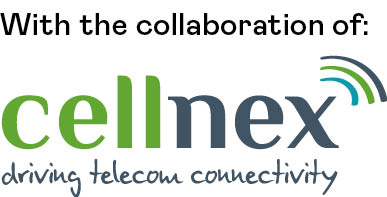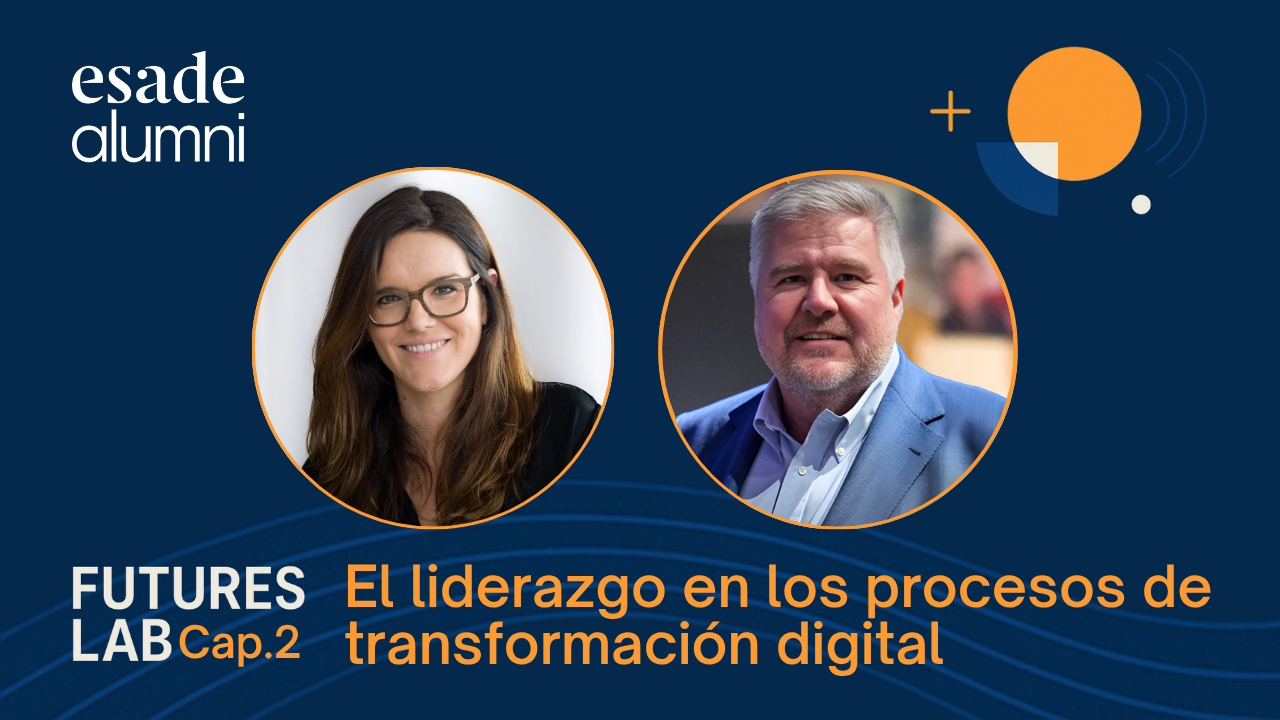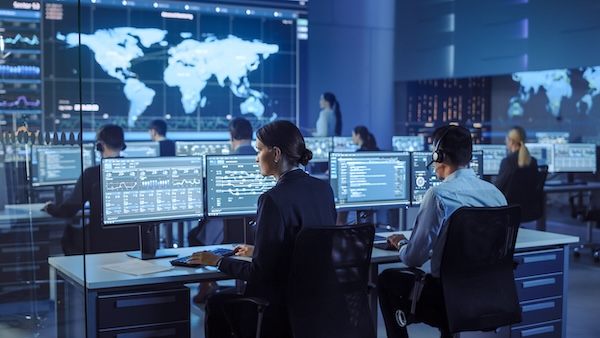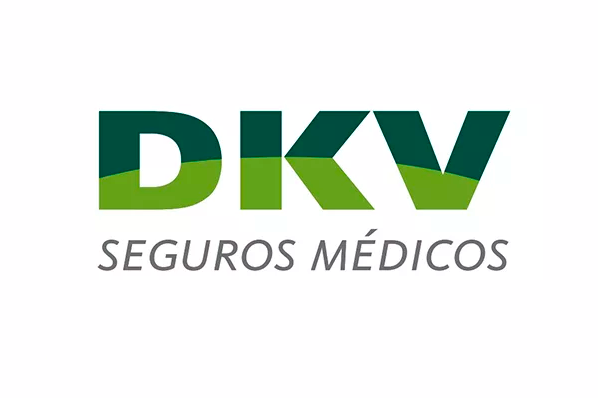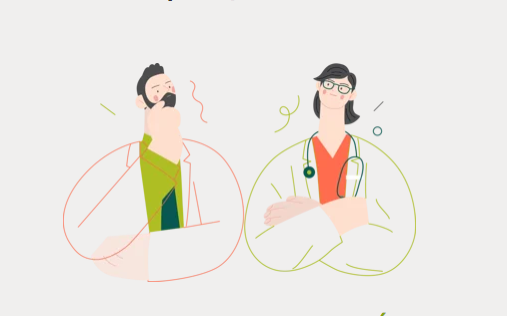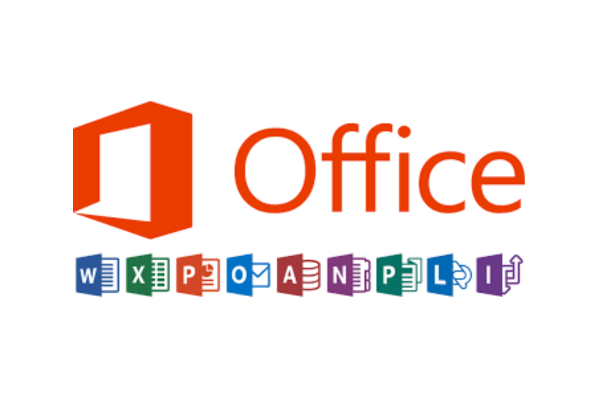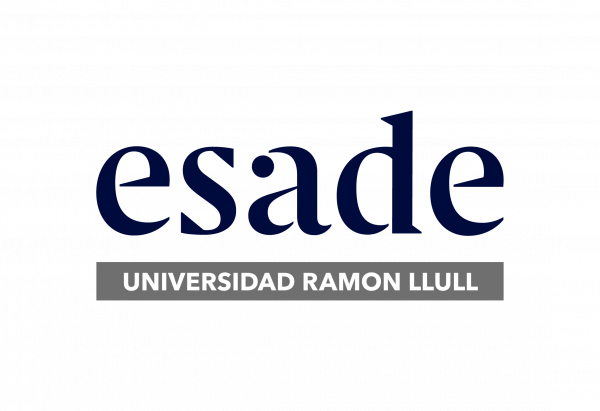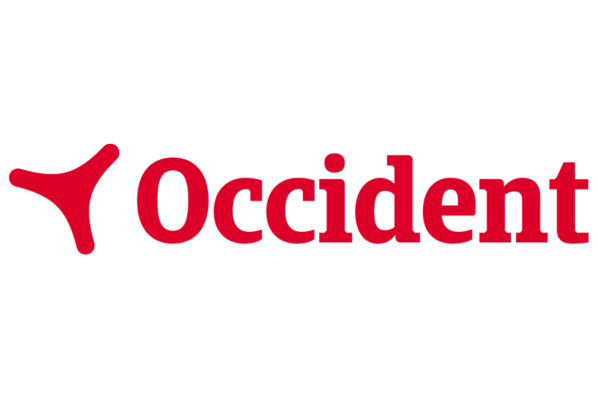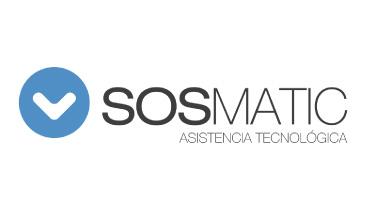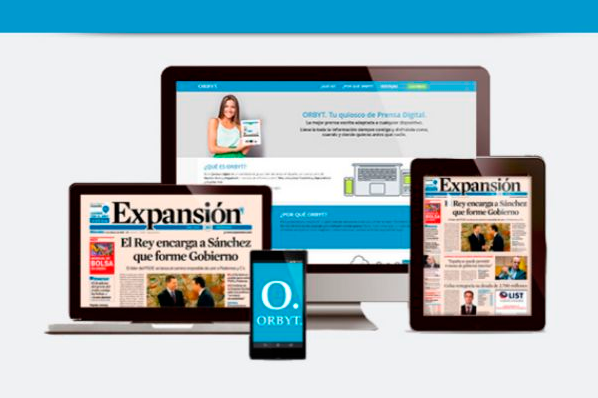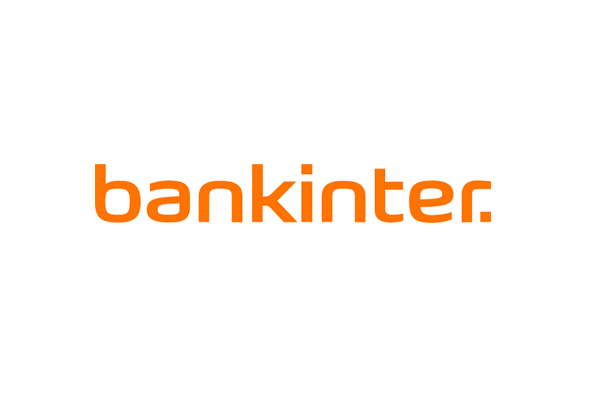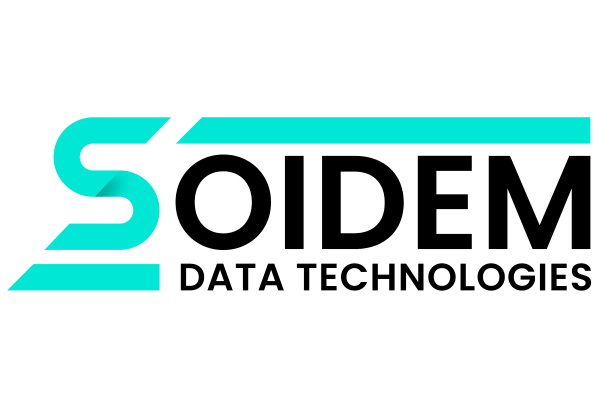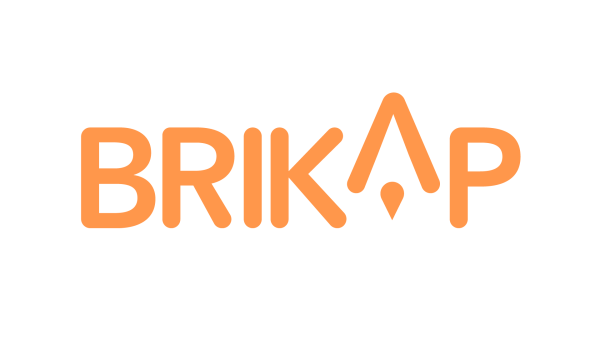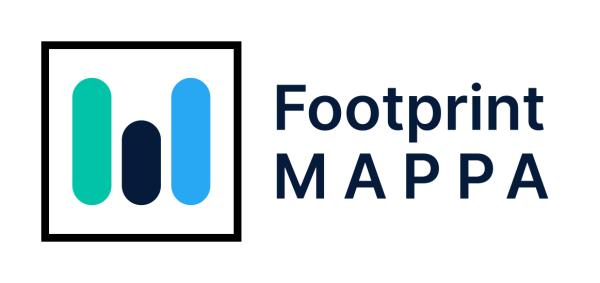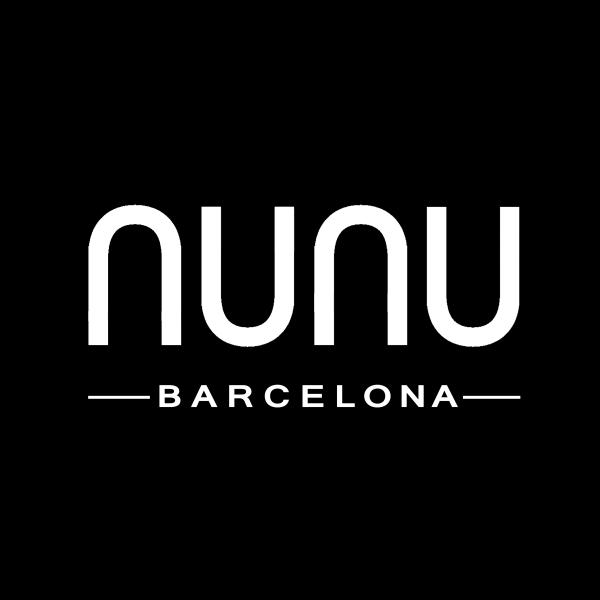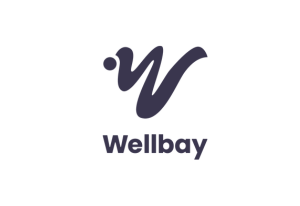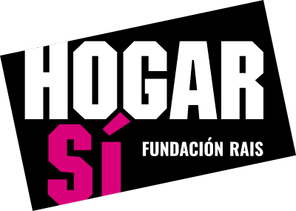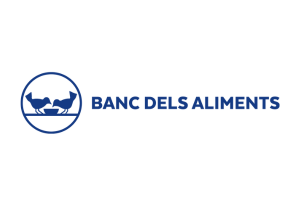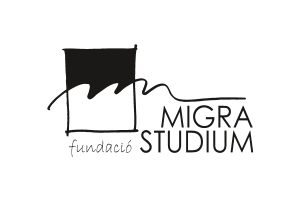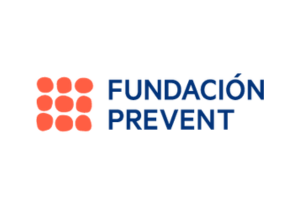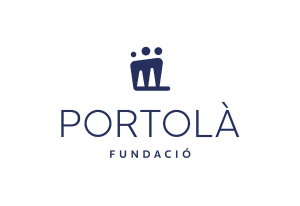
Droughts are increasingly affecting more and more of Europe. According to the latest data from the European Drought Observatory (EDO), 47% of the continent is currently facing a shortfall of precipitation. The European Commission has described the situation as critical and called for extraordinary water management measures in the most heavily affected countries: Italy, France, Germany, Hungary, Portugal and Spain.
Digitalisation can help to save water through the comprehensive management of the water cycle. Indeed, digital technology is a vital ally for municipalities to improve the management of this precious resource.
This was the objective of a project launched by Cellnex and Global Omnium in November 2020 in the towns of Burjassot and La Pobla de Farnals in Valencia province. Nearly two years later, the project has expanded to include an additional 19 municipalities, reaching a total population of approximately 80,000 inhabitants.
“Technologies such as remote meter reading allow us to optimise our use of limited resources,” commented Rafael García, Mayor of Burjassot. “We are able to monitor each home remotely and avoid having to physically go to the meter to see what is happening. As representatives of the administration, we have a responsibility to keep educating the public about the fact that water is a finite resource.”
Greater savings
Thanks to this project – which is managed by Adesal Telecom, a Valencian company owned by Cellnex and Global Omnium – nearly 40,000 meters have been installed and connected to an Internet of Things (IoT) network. “Digitalising the process has allowed us to detect leaks in the distribution network and also in customers’ indoor installations,” commented Víctor González, Director of Smart Metering at Global Omnium. “This has saved more than 50,000 m3 of water per year thanks to the early detection of leaks and a reduction in greenhouse gas emissions equivalent to 120 tonnes of CO2 per year.”
The Cellnex–Global Omnium project is based on an IoT network, to which all meters are connected, and an online platform where data generated in real time are systematically collected. With this technology, “it is essential to analyse what we need in order to ensure that the networks are adapted to the use cases, and not the other way around,” commented Antonio Eroles, IoT and Smart Services Business Development Manager at Cellnex Telecom. “There is a growing perception of the benefits of digitalisation, including knowledge of customer consumption, prediction of demand and optimisation of operations.”
With the information collected, which can be tracked via Cellnex’s online data management platform (SmartBrain), it is possible to remotely monitor the IoT network and make decisions – in many cases preventive – thanks to the conversion of this data into valuable information that facilitates improvements to the network.
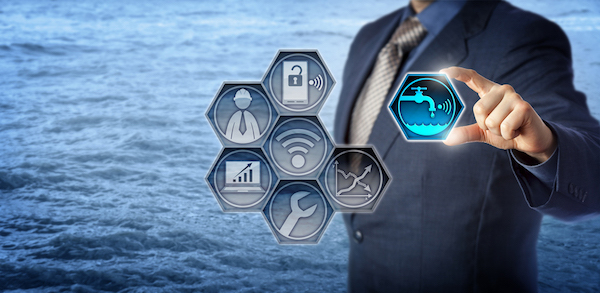
The project is ongoing. The total number of connected meters is expected to reach 50,000 by the end of this year and 300,000 by 2025.
“As a rule, all citizens can benefit from this sort of digitalisation, but it is especially valuable for vulnerable people who live alone,” commented José Luis Ábalos, Manager of Adesal Telecom. “Whenever we detect that no water is being consumed at a particular home, we automatically notify local social services so that they can check if there is a problem at that residence.”
The project is ongoing. The total number of connected meters is expected to reach 50,000 by the end of this year and 300,000 by 2025.
Other services
This type of IoT network can incorporate other services that already exist elsewhere, such as sensorisation to monitor and improve the comfort and energy efficiency of social housing units. One example is the Casa Bloc project, where the Hàbitat 3 Foundation and Cellnex provided connectivity to 17 social housing units, offering housing solutions to 45 people with scarce resources or facing situations of vulnerability. The tenants report that the systems are highly useful, allowing them to track their consumption of electricity, gas and water, while also monitoring air quality.
IoT systems can also control the sensorisation of car parks, optimise the use of public space, and facilitate smart waste collection management through sensors embedded in containers, which detect when they are full, thereby enabling the optimisation of collection routes. The e-denderry project in Ireland is one example of this kind of usability. The IoT network deployed by Cellnex monitors sensors in four core areas of city services in Edenderry – parking, waste collection, air quality and building management – allowing data to be extracted in real time to manage these services more effectively.
